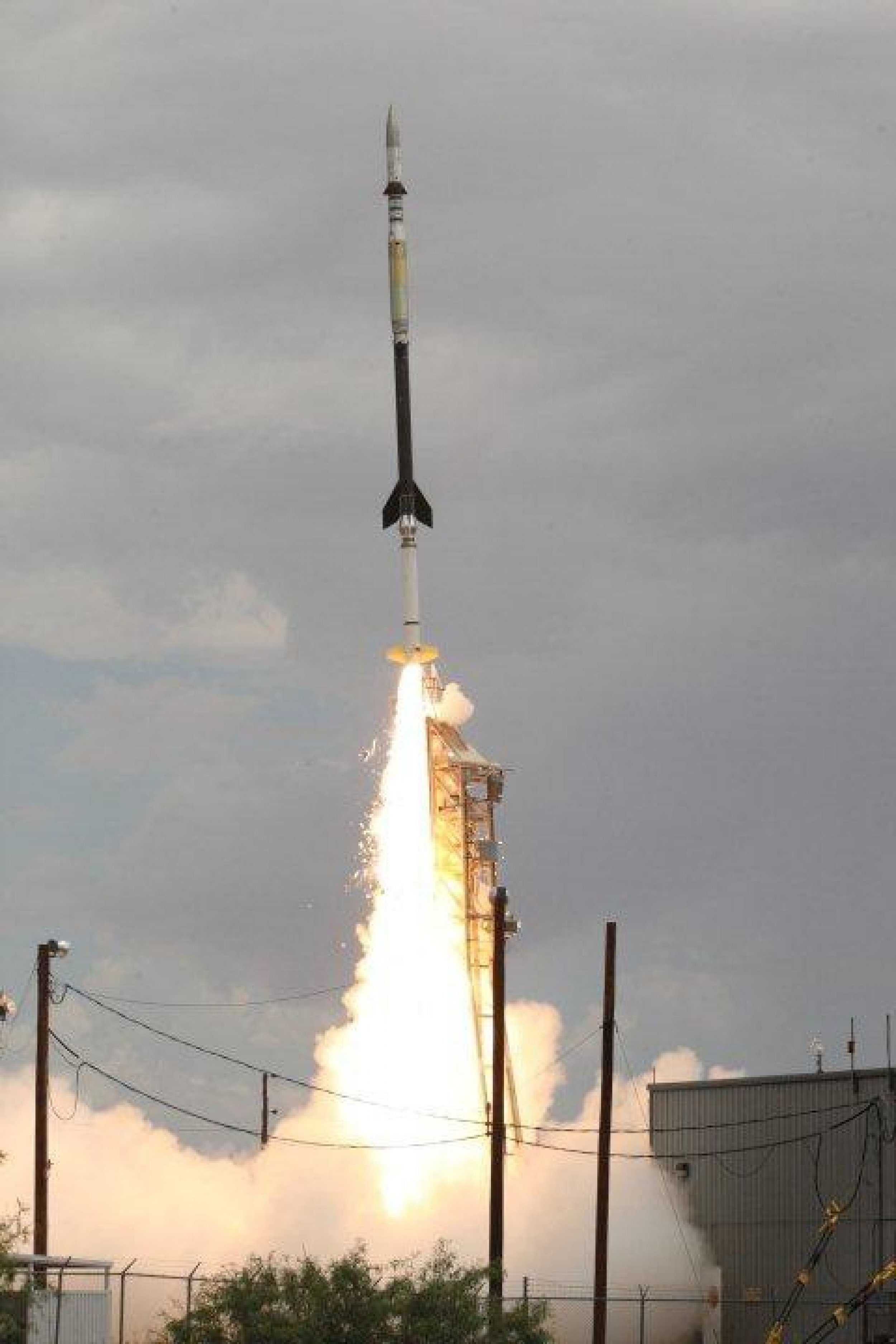NASA Telescope Captures Highest-Resolution Images Ever Taken Of Sun's Corona [PHOTOS & VIDEO]
NASA's High Resolution Coronal Imager (Hi-C) telescope recently captured what the agency claimed the highest-resolution images ever taken of the sun's million-degree atmosphere called the corona.
According to NASA, the clarity of the images can help scientists better understand the behavior of the solar atmosphere and its impacts on Earth's space environment.
These revolutionary images of the sun demonstrate the key aspects of NASA's sounding rocket program, namely the training of the next generation of principal investigators, the development of new space technologies, and scientific advancements, said Barbara Giles, director for NASA's Heliophysics Division at NASA Headquarters in Washington.
Launched July 11 from White Sands Missile Range in New Mexico aboard a 58-foot-tall NASA sounding rocket, the telescope is 10-foot-long and weighs 464 pounds. It took 165 images during its brief 620-second flight.
With focus on a large active region on the Sun, the telescope took some pictures in the extreme ultraviolet wavelength that revealed the dynamic structure of the solar atmosphere in fine detail.
We have an exceptional instrument and launched at the right time, said Jonathan Cirtain, senior heliophysicist at NASA's Marshall Space Flight Center in Huntsville, Ala. Because of the intense solar activity we're seeing right now, we were able to clearly focus on a sizeable, active sunspot and achieve our imaging goals.
NASA said the telescope acquired data at a rate of roughly one image every 5 seconds with resolutions approximately five times more detailed than the Atmospheric Imaging Assembly (AIA) instrument flying aboard NASA's Solar Dynamics Observatory (SDO).
For comparison, AIA can see structures on the sun's surface with the clarity of approximately 675 miles and observes the sun in 10 wavelengths of light. On the other hand, Hi-C can resolve features down to roughly 135 miles, but observed the sun in just one wavelength of light.
What made Hi-C to capture such high-resolution images were a set of innovations included in the telescope's array. Its mirrors are approximately 9 1/2 inches across, roughly the same size as that of the SDO instrument.





© Copyright IBTimes 2025. All rights reserved.





















